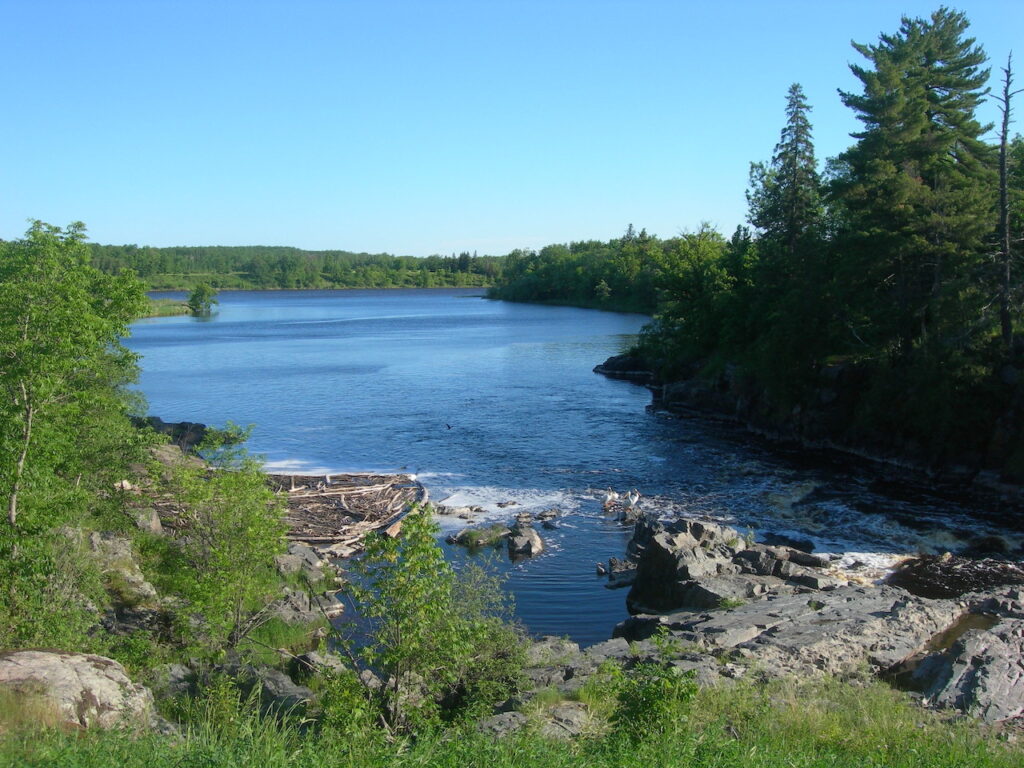
The Minnesota Pollution Control Agency is requesting public comment on three draft reports about water in northern Minnesota. They say that almost all lakes and streams in the Rainy River-Rainy Lake and Lower Rainy River drainages meet standards to protect fish and other aquatic life and for swimming and other recreation.
The state agency and its local partners announced the reports, saying that it is imperative the waters are protected. The MPCA is accepting public comments on the reports until May 4. The Rainy River-Rainy Lake watershed includes Voyageurs National Park and part of the Superior National Forest.
“Biologists credit excellent water quality in the two watersheds to forests and wetlands that dominate the region,” the MPCA says. “These natural habitats absorb and filter precipitation, keeping runoff carrying pollutants out of these pristine lakes and streams.”
The three reports released this month include a plan for dealing with E. coli contamination in one watershed, and strategies for restoring polluted waters and protecting healthy ones in both watersheds. E. coli sources include septic systems, cattle defecating in streams, and runoff from pastures.
Another problem is the legacy of ditching and dredging operations that were conducted in the early 20th century. With the watersheds largely comprised of bogs and other types of wetlands, ditching was an effort to make more land available for agriculture and settlement. This can lead to low dissolved oxygen and loss of habitat. Currently, 50 percent of the total stream length in the Lower Rainy River Watershed and 75 percent of stream length in the Rapid River Watershed remains altered by ditching and straightening.
The lakes and rivers of the region are in good shape, though their unique geology also presents some problems. Because the landscape is flat, the streams are low gradient, and the glacial clay soils are “significant factors” in issues like oxygen and sediment levels.
In both watersheds, the reports recommend protecting woody debris that provides habitat for aquatic life, wild rice management, protecting forests and implementing sustainable timber harvesting programs, and restoring stream banks. In the Lower Rainy River Watershed, the reports call for agricultural practices like buffers and conservation tillage, pasture and manure management, and urban stormwater control improvements.
The MPCA released draft reports for the upper parts of the Rainy River watershed last year. That region includes areas targeted for copper-nickel mining proposals, which has raised concerns about water quality. The main mine proposal in the watershed, Chilean company Antofagasta’s Twin Metals project, has been blocked for now by the federal government.
Submit comments:
Comments on the reports must be submitted by 4:30 p.m. on May 4, 2022. They should include a statement of interest, and the action requested from the MPCA, including specific changes requested and the reasons for those changes.
- Rainy River – Rainy Lake Watershed: Amy Mustonen (email: amy.mustonen@state.mn.us); phone: 218-302-6638, 800-657-3864), MPCA, 525 S Lake Ave # 400A, Duluth, MN 55802
- Lower Rainy River Watershed: Mike Kennedy (email: mike.kennedy@state.mn.us); phone: 218-302-6629, 800-657-3864, MPCA, 525 S Lake Ave # 400A, Duluth, MN 55802
More information:
- MPCA reports call for continued protection of northern Minnesota’s most pristine waters – MPCA
- Lower Rainy River watershed – MPCA
- Rainy River – Rainy Lake watershed – MPCA

